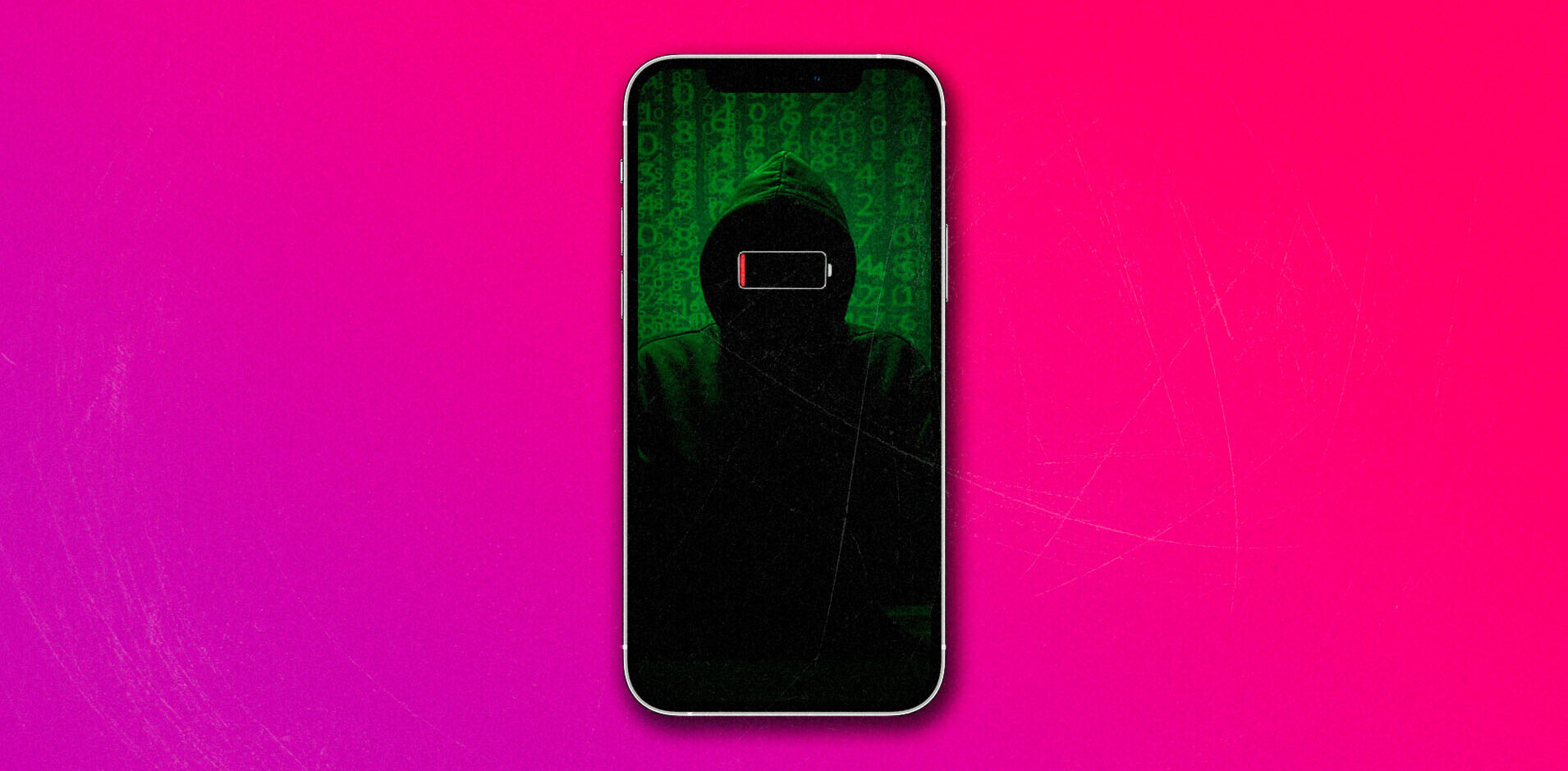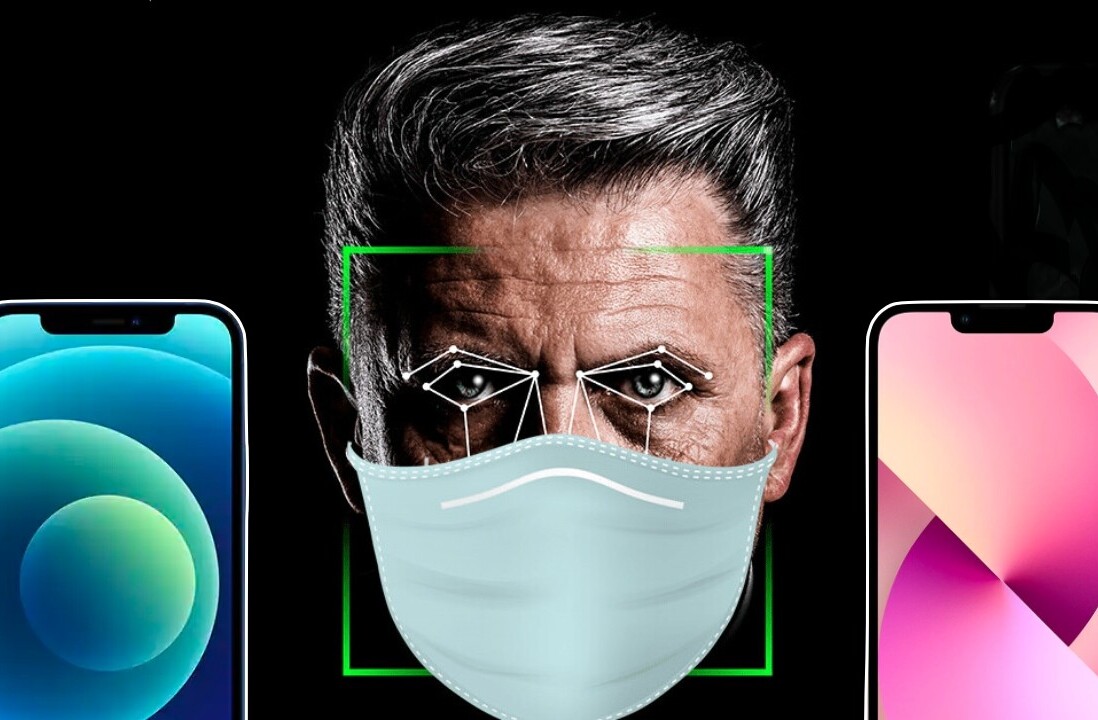
The news this morning is that Apple announced 5 million iPhones had been sold in the first weekend of availability. The story about that news, if you can believe the headlines, is that this is a ‘huge disappointment’ and that Apple is going down the tubes.
As usual, people who are looking for dramatic headlines and ways to prove Apple is on the down-slope are missing the point. A new iPhone has become something that people don’t want to risk missing out on. It’s become an automatic purchase.
If you compare the 5M units sold this weekend with the 4M sold by the iPhone 4S over the same period last year, you’ll see a downward trend in growth. Unfortunately, that growth trend means absolute bupkis, because the limiter here is how many iPhones Apple could ship, not how many people wanted to buy.
In its usual manner, Apple telegraphed this in its PR today, and was overlooked by a lot of people. Here’s what Tim Cook had to say:
While we have sold out of our initial supply, stores continue to receive iPhone 5 shipments regularly and customers can continue to order online and receive an estimated delivery date. We appreciate everyone’s patience and are working hard to build enough iPhone 5s for everyone.
Let me translate that for you:
We’re rolling in more countries this year (though at the same rate: 100 in roughly 102 days, vs 90 countries in 92 days) and we were unable to keep up with demand.
The sales so far are 100%, completely supply constrained. That means that we really have no idea how many iPhones Apple could have sold if it had made enough. Now, that’s probably still something for shareholders to be concerned about — supply chain constraints suck — but selling out your stock of a new product is very difficult to not be seen as anything but success.
If you’re saying otherwise, I’m just not sure what reality you’re living in.
Note, too, that the estimates that are being used to mark the iPhone 5 as a failure came from analysts who are estimating the sales of the iPhone based on…who knows really. Experience, perhaps, but many of these were the same ones that estimated Apple’s Q3 results incorrectly as well.
Not only that, but the numbers released by Apple today do not include all of the 2M pre-orders it announced earlier. Apple only counts pre-order sales once they’ve been delivered and signed for by the customer. This means that the 5M number could be inflated by millions when those devices end up touching down in the hands of consumers.
But, honestly, Apple will sell whatever it sells, which is going to be a lot. And we won’t know for sure how sales are doing until it catches up with demand.
What we can divine from the numbers we know so far, however, is that the iPhone has become a “must have” device for more people than ever. Look at this chart of the first weekend iPhone pre-order numbers over the last three devices:
You see that jump from the iPhone 4S to the iPhone 5? That’s what you call exponential. This year, more than any before, people decided that the iPhone was a must-purchase device. They didn’t wait to see it in person in an Apple Store, or even to stand in line. They didn’t want to take the chance that they might not get the new iPhone, period. They pre-ordered.
This is also anecdotally supported by the people I spoke to in person over the weekend at AT&T and Apple stores. The staff said that the pre-order business had been enormous this year, far bigger than in years past. Lines were shorter and there were less walk-ins trying to get an (already sold-out) device at AT&T stores. Apple Stores still had some stock on Saturday, but also said that the pre-order business was on fire compared to previous years.
The iPhone 5 was fairly well exposed in terms of features and appearance before release. Some felt that this might dampen excitement. Some also said that the relatively similar physical look of the new iPhone was ‘disappointing’ and would turn people off.
Well, it doesn’t appear that this is the case at all. Instead, the pre-order fever appears to indicate that the iPhone has become a must-have device. It’s an automatic purchase for those looking to buy a new smartphone, even sight unseen.
That is a result of Apple taking care when it changes the iPhone, improving without perplexing and consistently producing quality.
Image Credit: Justin Sullivan/Staff
Get the TNW newsletter
Get the most important tech news in your inbox each week.





